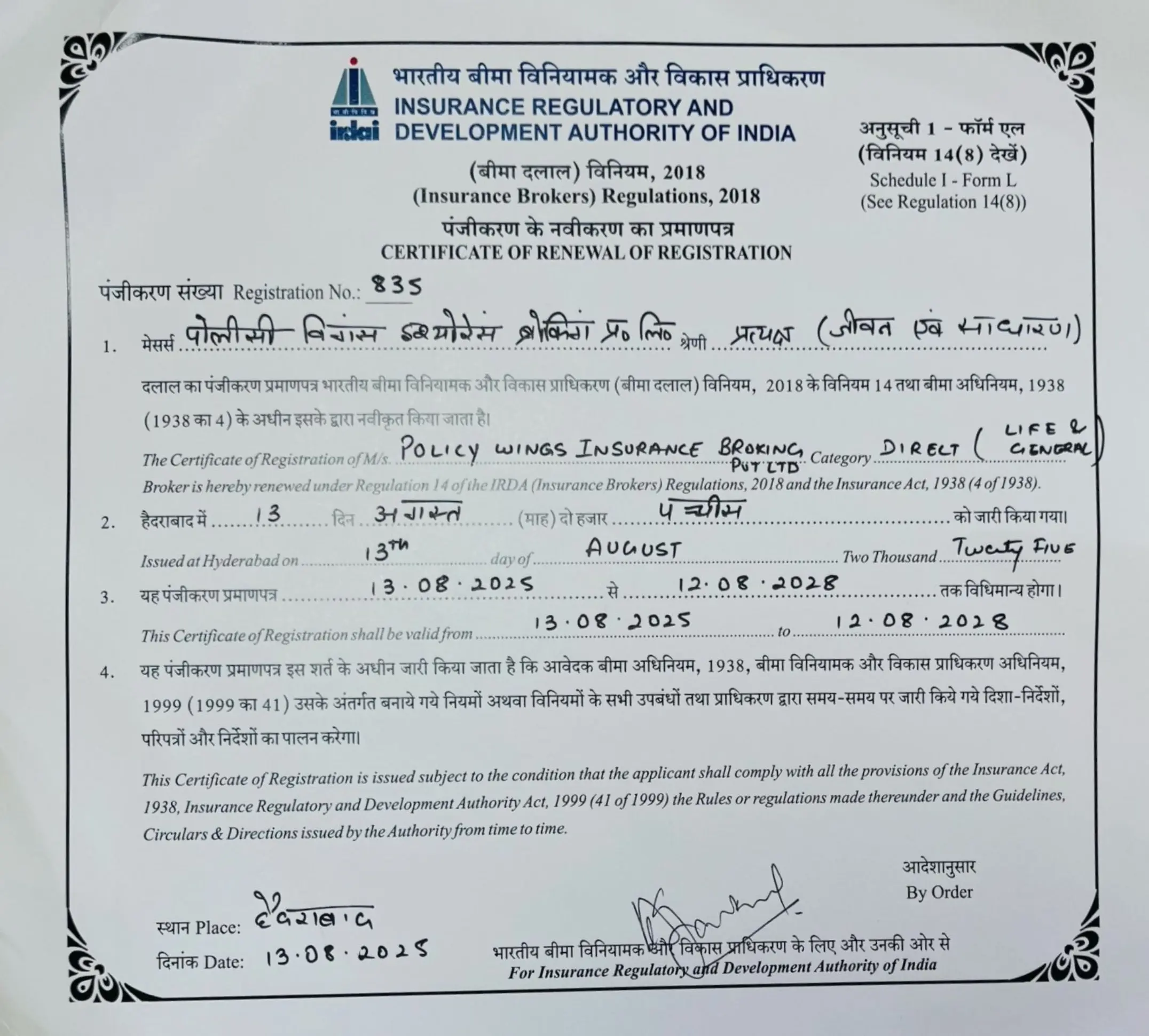Thinking about your future often involves two major concerns: protecting your family and securing your retirement. What if you could potentially tackle both with a single financial tool? That’s the promise of a Life Insurance Retirement Plan, often called a LIRP. But is it too good to be true? Let’s break down the advantages and disadvantages of using life insurance as a retirement savings vehicle.
Table of Contents
Toggle1. What is a Life Insurance Retirement Plan (LIRP)?
A LIRP isn’t your standard term life insurance. It’s typically a permanent life insurance policy, most commonly either whole life or indexed universal life (IUL). Unlike term life, which covers you for a specific period, permanent life insurance lasts your entire life, as long as you keep paying the premiums.
The “retirement plan” aspect comes from the policy’s cash value component. A portion of your premium goes towards the death benefit, and another portion accumulates as tax-deferred cash value within the policy. This cash value can then be accessed later in life, potentially offering a supplementary retirement income stream.
2. How LIRPs Work: Funding and Growth
Think of it this way: you’re overfunding a life insurance policy. You contribute more than what’s strictly necessary to cover the death benefit and policy expenses. This excess money is what builds the cash value.
-
Whole Life: The cash value grows at a guaranteed rate, declared by the insurance company. This provides predictability, but the growth potential is typically conservative.
-
Indexed Universal Life (IUL): The cash value’s growth is tied to the performance of a market index, like the S&P 500. However, the growth is capped, meaning you won’t receive the full return of the index. On the other hand, you’re usually protected from market downturns, as your cash value won’t directly lose value during a market decline. IUL policies are generally seen as higher risk than whole life, but offer more potential for returns.
The cash value grows tax-deferred. You don’t pay taxes on the gains as they accumulate. Later, you can access this cash through policy loans or withdrawals. Policy loans are generally tax-free as long as the policy remains in force, but unpaid loans and accrued interest will reduce the death benefit. Withdrawals are typically taxed as income to the extent they exceed the policy’s cost basis (the premiums you’ve paid).
3. Advantages of Using Life Insurance for Retirement
A LIRP can offer several potential benefits:
-
Tax-Advantaged Growth: As mentioned, the cash value grows tax-deferred, allowing your money to potentially compound faster than in a taxable account. This is a major selling point for many people considering a LIRP.
-
Tax-Free Access to Cash (Potentially): Policy loans are generally tax-free, offering a way to access your cash value without paying taxes on it immediately. This can be a significant advantage in retirement.
-
Death Benefit Protection: While building retirement savings, you also have a life insurance policy in place. This provides financial security for your beneficiaries if you were to pass away. This is especially important for families with young children or those with significant debt.
-
No Contribution Limits: Unlike 401(k)s or IRAs, LIRPs don’t have annual contribution limits. This allows you to contribute larger sums of money, potentially accelerating your retirement savings.
-
Creditor Protection: In some states, the cash value of life insurance policies is protected from creditors. This can be a valuable asset protection strategy.
4. Disadvantages and Risks of Life Insurance Retirement Plans
Despite the potential benefits, LIRPs also come with several drawbacks:
-
High Fees and Expenses: Life insurance policies, especially permanent ones, have significant fees, including administrative fees, mortality charges, and surrender charges. These fees can eat into your returns, especially in the early years.
-
Complexity: LIRPs can be complex products. Understanding the policy’s terms, fees, and growth potential requires careful review and potentially professional advice.
-
Lower Returns Compared to Other Investments: While the tax advantages are attractive, the returns on a LIRP might be lower than what you could achieve with other investment options like stocks or mutual funds, especially when accounting for fees.
-
Risk of Policy Lapse: If you stop paying premiums, the policy can lapse, and you could lose the cash value you’ve accumulated. This is particularly risky if you take out policy loans, as the outstanding loan balance plus interest could exhaust the cash value if premiums aren’t paid.
-
Impact on Death Benefit: Taking loans or withdrawals from the cash value reduces the death benefit paid to your beneficiaries. This could compromise the original purpose of the life insurance policy.
-
Opportunity Cost: The money you put into a LIRP could potentially be invested elsewhere with higher returns.
5. Is a LIRP Right for You? Consider Your Needs and Alternatives
A LIRP might be a good fit for you if:
- You’ve maxed out other retirement savings accounts (401(k), IRA, etc.).
- You’re looking for tax-advantaged growth and potential tax-free access to cash.
- You need life insurance protection and want to combine it with retirement savings.
- You understand the fees and risks involved and are comfortable with potentially lower returns.
However, a LIRP might not be the best choice if:
- You haven’t yet funded your traditional retirement accounts.
- You’re primarily focused on maximizing investment returns.
- You’re uncomfortable with the complexity and fees of life insurance policies.
- You need the flexibility to access your savings without restrictions.
Before committing to a LIRP, carefully consider your individual circumstances, financial goals, and risk tolerance. Consult with a qualified financial advisor who can help you assess whether a LIRP is the right fit for your needs.
6. LIRPs, Life Insurance, Health Insurance, and Your Overall Financial Strategy
It’s vital to understand how a LIRP fits within your complete financial picture. It’s not a replacement for traditional retirement savings plans or health insurance. Your first priority should be securing affordable health insurance to protect yourself from unexpected medical expenses. This may involve exploring options like employer-sponsored health insurance, individual health insurance plans through the Affordable Care Act marketplace, or other health coverage options.
Next, focus on maximizing contributions to tax-advantaged retirement accounts like 401(k)s and IRAs. Only after addressing these fundamental needs should you consider a LIRP as a supplemental retirement savings vehicle. Remember, the death benefit aspect of a life insurance policy should also align with your family’s needs and financial situation.
7. Alternatives to LIRPs for Retirement Savings
If a LIRP doesn’t seem like the right fit, consider these alternative retirement savings options:
-
401(k) or 403(b): Employer-sponsored retirement plans offering tax-deferred growth and potential employer matching contributions.
-
Traditional IRA: A retirement account offering tax-deductible contributions and tax-deferred growth.
-
Roth IRA: A retirement account offering tax-free withdrawals in retirement, provided certain conditions are met.
-
Taxable Investment Account: A brokerage account where investments are subject to taxes on dividends, interest, and capital gains. While not tax-advantaged, it offers flexibility and a wider range of investment options.
-
Real Estate: Investing in rental properties can provide a stream of income and potential appreciation.
Ultimately, the best retirement savings strategy is one that aligns with your individual circumstances, financial goals, and risk tolerance. Consider all your options carefully before making a decision.







